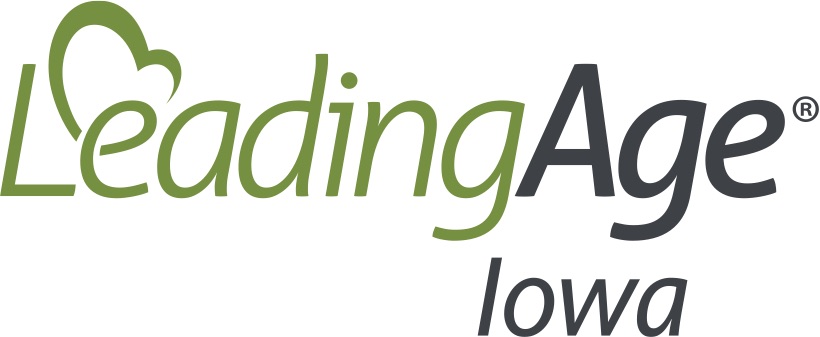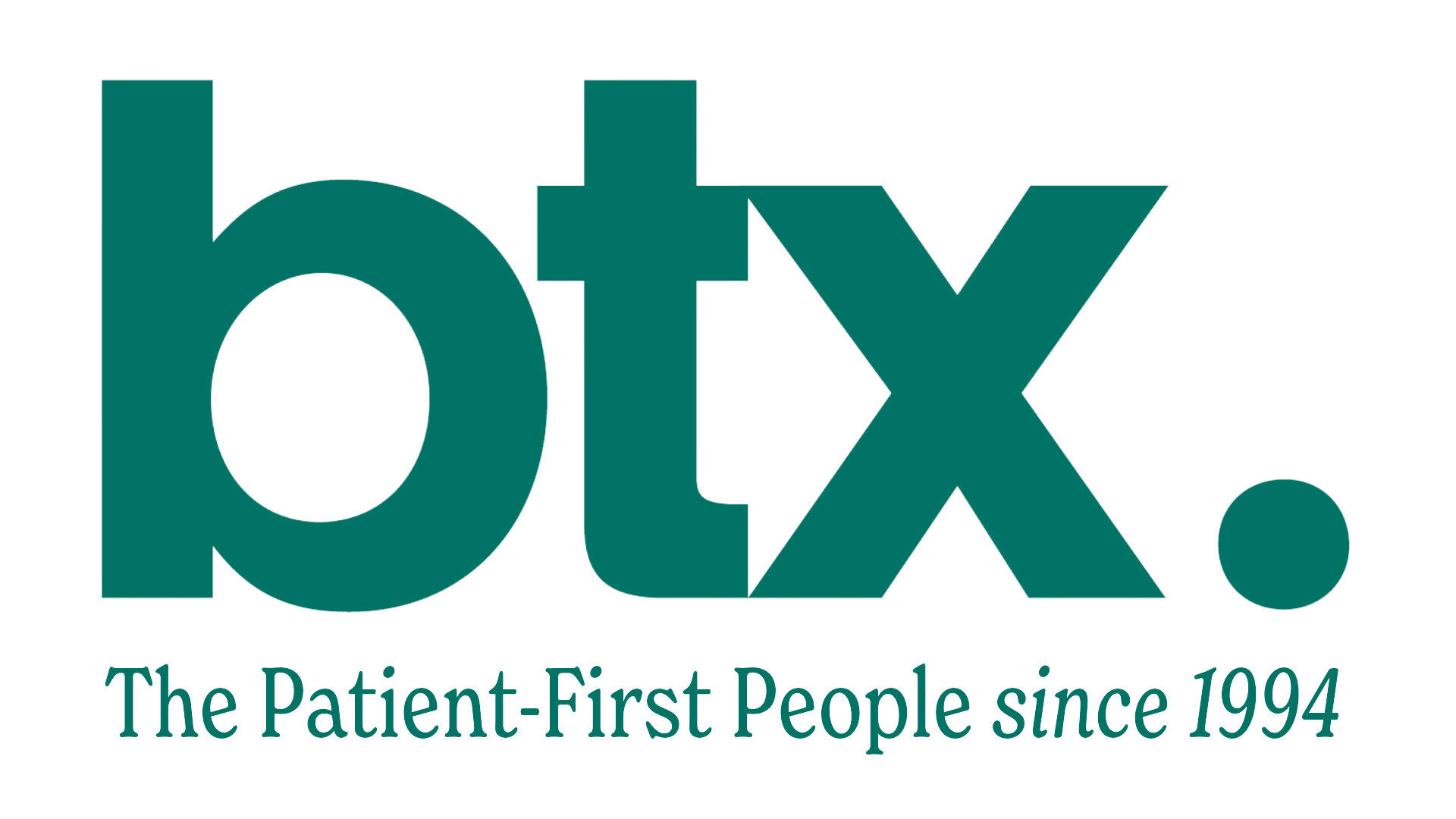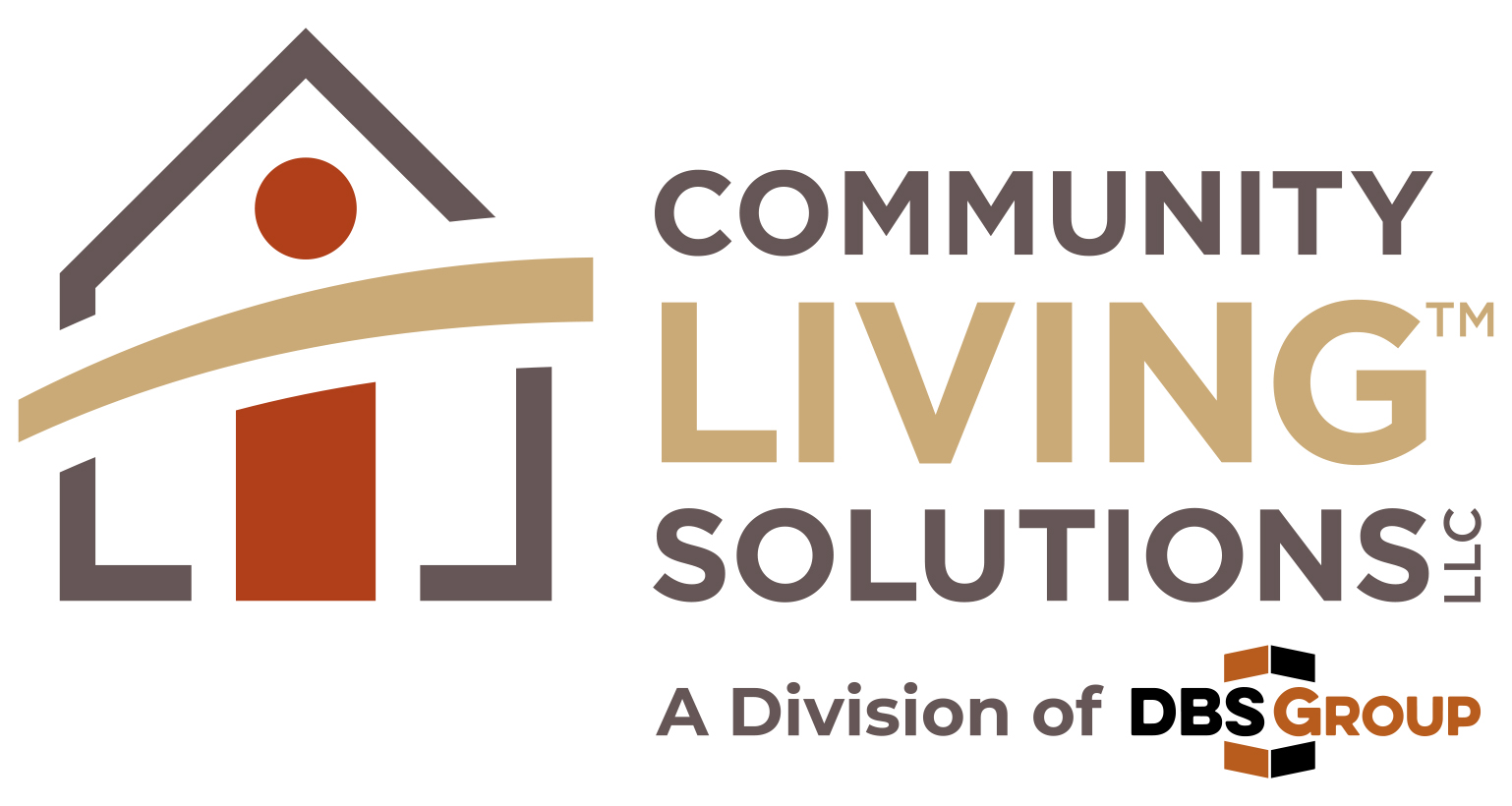|
Understanding the Psychosocial Severity Outcome Grid In the QSO-22-19-NH (June 29, 2022), CMS outlines several items in Appendix PP of the SOM that were revised. Included in the revisions are several F-tags with interpretative guidance referring to the psychosocial severity outcome grid. The psychosocial severity outcome grid is similar to the normal scope and severity grid, however, surveyors are encouraged to determine scope and severity (based on the f-tag cited) per the psychosocial outcome severity guide. While the psychosocial outcome severity grid is not actually located in Appendix PP, it is referenced throughout the surveyor guidance. According to the QSEP Training, surveyors are to identify noncompliance in a regulatory F-tag first, and then determine potential psychosocial outcome to the residents affected by the noncompliance. The psychosocial outcome severity grid applies to regulatory groupings that noncompliance may result in negative psychosocial outcomes to residents involved. An example of utilizing the psychosocial outcome severity grid would be noncompliance related to abuse. If noncompliance is determined at F600, for a situation of abuse, the surveyor is encouraged to determine if a potential negative psychosocial outcome occurred. If the documentation or interviews are unable to determine if a negative psychosocial outcome occurred, the surveyor is to use the “reasonable person concept” to determine psychosocial outcome severity. The reasonable person concept is a tool to assist the survey team’s assessment of the severity level of negative or potentially negative, psychosocial outcomes that a deficient practice may have had on a reasonable person in the resident’s position. For example, if a resident suffered a situation of abuse, a reasonable person may have suffered negative psychosocial outcomes from the abuse, including fear that it may reoccur. Surveyors are encouraged to review documentation prior to and after the noncompliant event. Supportive documentation may include that a resident did not have social isolation prior to the event, but after the event, documentation supports that the resident no longer came to meals in the dining room, is having increased behaviors, or potentially worsening PHQ-9 scores. Surveyors are also able to apply the reasonable person concept when the resident’s reaction to the noncompliance is markedly different than a reasonable person in the residents place. For example, if a resident is a victim of sexual abuse, but due to advanced dementia, does not have any apparent behavior changes and is unable to be interviewed, the surveyors should utilize the reasonable person concept to determine how a reasonable person, given the circumstances, would have been affected by the noncompliance. The surveyor should document in the CMS-2567 when they utilize the reasonable person concept. Considerations Regarding the Residents Position:
When determining severity based on psychosocial outcomes the surveyor should identify that a level 1 severity (according to the scope and severity grid) is not possible, due to the potential that psychosocial harm is likely to occur in certain deficient practices, even if harm did not actually occur. In addition, surveyors are able to identify that an immediate jeopardy occurred based on psychosocial outcomes. Examples of potential IJ noncompliance based on the psychosocial outcome grid include but are not limited to:
Regulatory Groups that Include Psychosocial Severity Outcomes:
When released, the psychosocial outcome severity grid will be located in surveyor resources on the CMS’ Nursing Home website. What Should Members Do Based on Changes?
|













